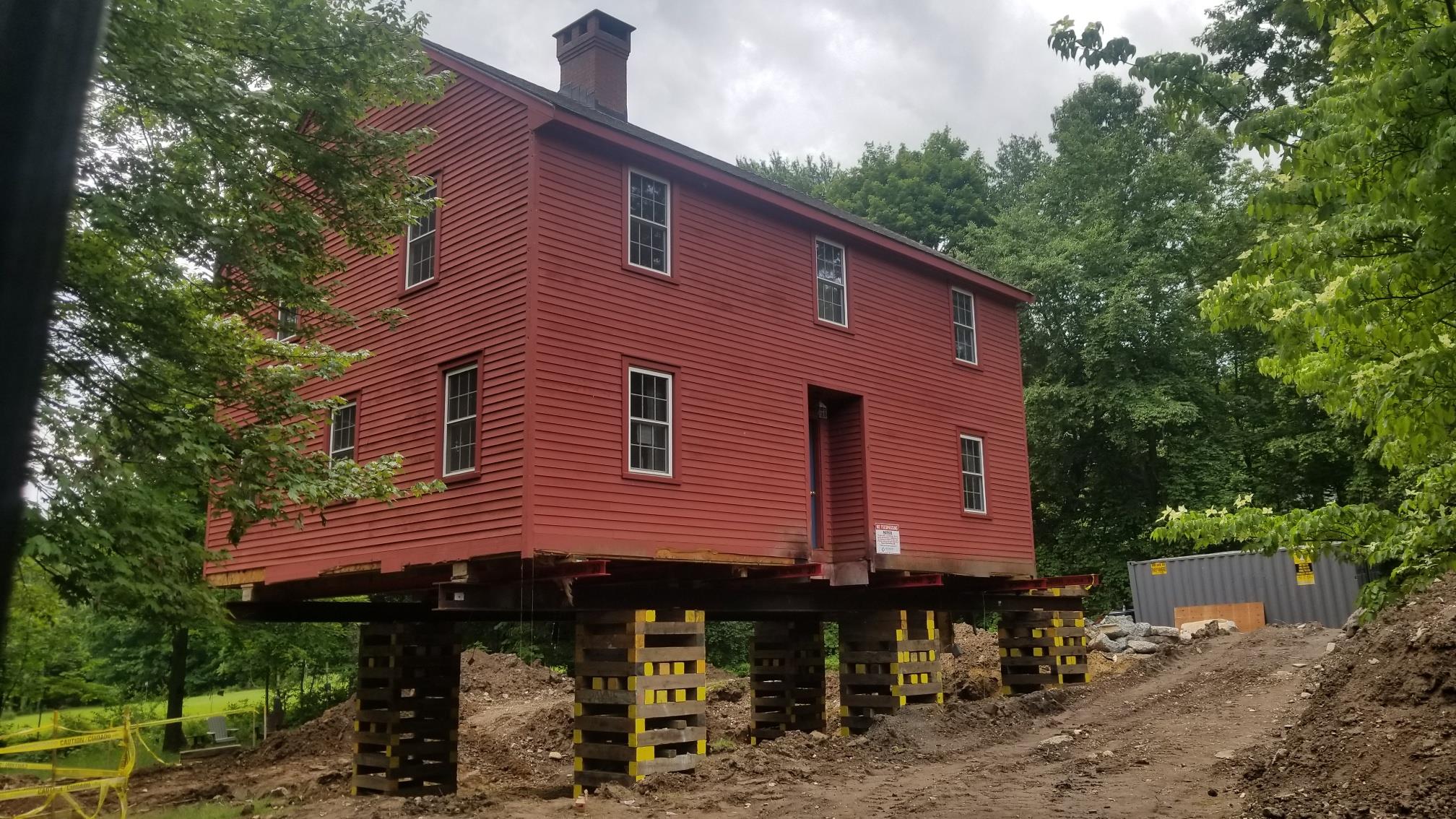
Historic Preservation: Why Building Moving Occurs
If you think about it, moving a building is a big deal. After all, you’re moving something that was never supposed to be moved. The structure was put there so that it would withstand storms, earthquakes, and war, and the builders of it never even thought for a moment that it would ever rest anywhere other than where they built it. Then building movers like Payne Construction Services comes along to prove them wrong!
As we discussed in a previous article, building lifting and house moving occur for quite a few reasons. Hurricanes are getting stronger and threatening buildings near the ocean, city redevelopment is threatening historic sites, and more buildings are being put on the historic registries as events from recent history are deemed important.
But when it comes to historic buildings, there are two ways to look at the following question: “Why is the building being moved?” The first way to answer it is to cite the reasons we mentioned above, such as weather, history, and the prevention of destruction. But another way to ask the question is, “What occurred there to make it so important that people have decided to devote tens of thousands of dollars to make sure it’s removed from danger?” That’s what we’re taking a look at today.
Who Lived There?
One of the most common reasons that a house is recognized as historic comes from who lived there. Sometimes the person might have been born there, a scenario much more common with historic buildings since children were born in the home and not hospitals. It could also be important because of a particular historic figure who had the home built or who lived there for an extended amount of time. It’s also likely they could have died there, again taking into account that fewer people from the past died in hospitals or nursing homes.
A famous example of historic house moving is Alexander Hamilton’s house, Hamilton Grange. When this house was built in Manhattan, it was in the country. As the city grew up around it, road development (143rd street) threatened the home with demolition. The home has been moved not once but twice, once in 1889 and again in 2008. In order to avoid other buildings in the area, the house had to be jacked up 38 feet into the air!
What Happened There?
When you start researching historic preservation and building moving, you might notice that many of the historic buildings that come up in searches are from other countries. Compared to much of the world, America is a relatively young 243 years, so you’re more likely to run into stories about huge churches and lighthouses being moved in lands thousands of miles away.
Of course, that’s not to say that American hasn’t had anything historical happen! Buildings can be considered historic if a single important thing happens there. Ford’s Theater would never be demolished due to it being the site of Lincoln’s assassination. (To be clear, the theater has never been relocated with building moving services). Other buildings are famous because treaties were signed there, or famous people who spoke there. If such buildings are threatened, it’s likely they’ll be moved.
What Does It Represent?
Sometimes it’s not necessarily what happened in a particular building, but what it represents. You get this a lot when it comes to universities and public buildings, often the earliest building that has historical value to a particular institution or group of people.
For instance, historic colleges didn’t start as the behemoths they are today. In nearly every instance, they started as a single building in which all the classes of centuries ago took place. But as important as that building might be to history of the university, it’s also on the most prime land! After all, the school grew out from that center, and the university might want to replace that one-story building with a new six-story one. In that case, it’s very likely that the building will be moved to a different location in order to make more efficient use of the space.
Who Built It?
Quick: name a house architect. There’s a 99% chance that you said “Frank Lloyd Wright.” Because he’s such an important architect, any Frank Lloyd Wright house that could be destroyed is often moved instead. A Wright house in Minnesota was recently moved because of encroaching development and increased noise due to a newly built highway. The house was moved across six states to Pennsylvania so that it could share a property with Wright’s most famous house, Fallingwater.
And while Wright is certainly America’s most famous architect, he’s far from the only one deemed important enough to preserve when one of his homes become endangered. There’s Philip Johnson, Richard Neutra, Louis Kahn, Michael Graves, and many others whose houses are deemed important enough to save. Whenever the surviving house of an important architect faces destruction due to any of the reasons we mentioned above, it’s very likely that house relocation is in order.
Do You Need Structural Moving?
Payne Construction Services specializes in house moving and historic building relocation, and we have the equipment on hand to make it happen. Whether you just need the building moved higher in order to avoid flood water or you need it moved across state lines, we’ll make it happen with minimal damage to the structure.
If you have something that needs to be moved, we’re ready. Contact Payne Construction Services today to get a quote for your historic moving project!

